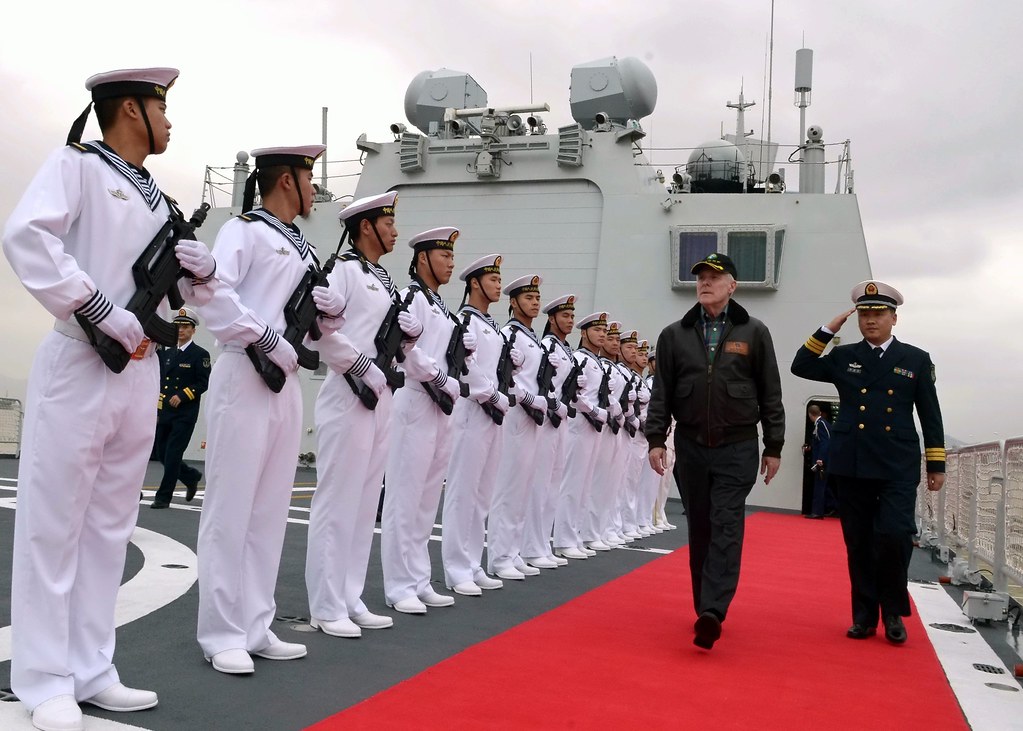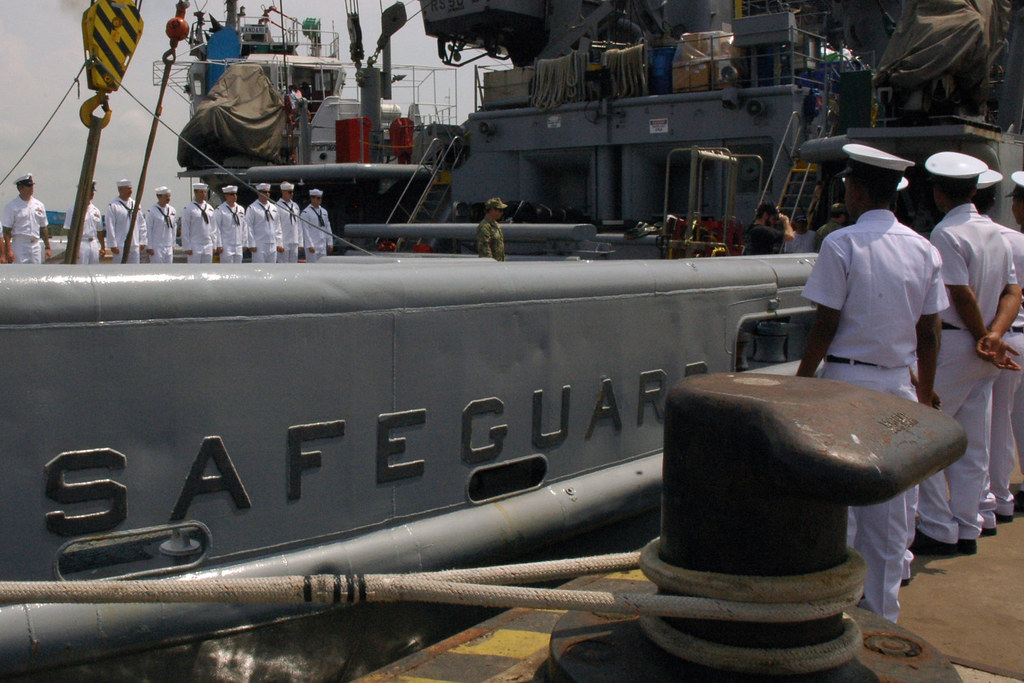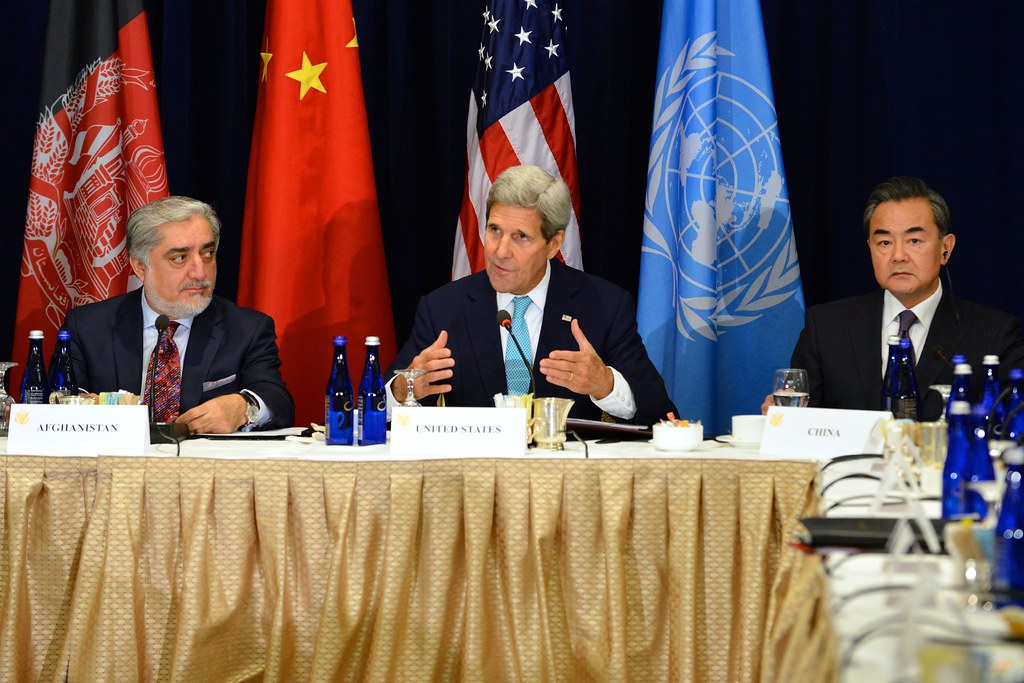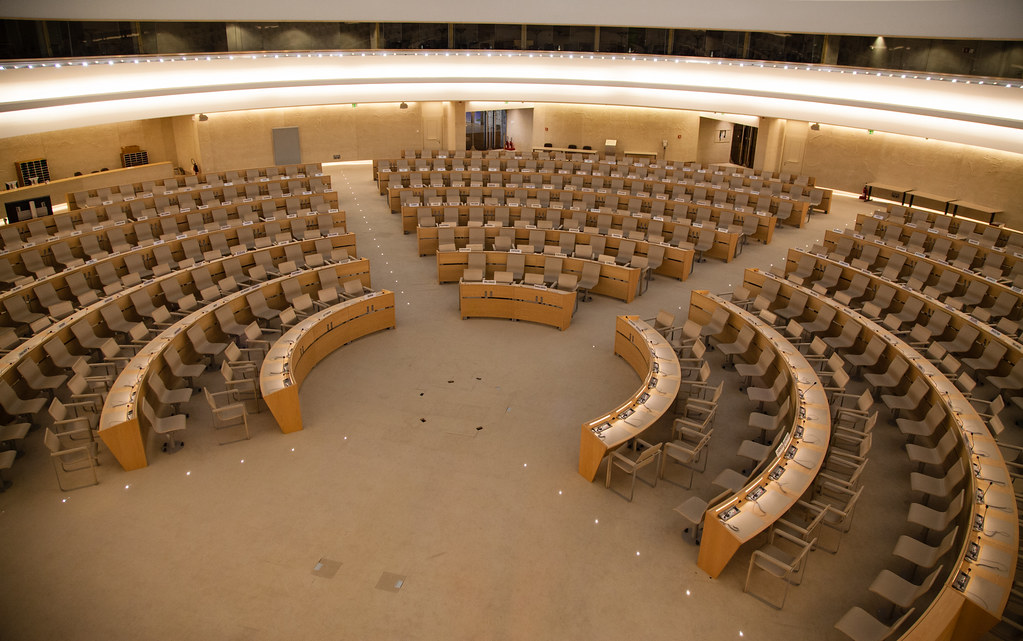The Diplomat talks with Mayor Eugenio Bito-onon about governing an area in the middle of the South China Sea disputes.
Eugenio “Jun” Bito-onon is the mayor of Kalayaan municipality, which comprises six islets controlled by the Philippines in the disputed Spratly Islands in the South China Sea, the islands are claimed by several other countries including China. These islets include Pag-asa Island, which houses nearly 200 inhabitants. During his recent visit to Washington, D.C., Bito-onon spoke with The Diplomat’s associate editor Prashanth Parameswaran about his perspective on the South China Sea. An edited version of that interview follows.
Much has been written about China’s growing assertiveness in the South China Sea and its impact on claimants like the Philippines over the past few years. You have personally had encounters with Chinese warships in the South China Sea. Can you tell us a bit about your experience, and how that has informed your view on the issue and China’s role in it?
I have had several experiences with Chinese vessels at sea. One incident happened on October 8, 2012. This was during the maiden voyage of the MV Queen Seagull, a wooden hull cargo and passenger boat owned and operated by Kalayaan municipality. The MV Queen Seagull had set sail from Puerto Princesa City port for a routine delivery of supplies to Pag-asa Island, and it was joined by three other boats in Bancalaan Island, an island located at the southernmost tip of Palawan.
After the convoy had passed by Second Thomas Shoal and stopped to take shelter at Sabina Shoal due to inclement weather, we departed from Lawak Island early on October 8 a few hours before dawn. When we had passed Likas Island (West York Island) for about an hour while heading west to Pag-asa, the boat captain in the MV Queen Seagull spotted a fast approaching vessel heading directly for it.
When the radio operator informed me and mentioned that the approaching vessel had not responded to calls, I immediately said that it must be a Chinese vessel with a crew not comprehending English. When I came out of the cabin, I discovered that it was a warship, silver gray in color with bow number 995 heading northward. I shouted for anybody with a camera to take pictures and video footage and someone successfully did it, with the pictures indicating a date and time of October 8 at 13:00 hours (the picture is shown above). I used this evidence in my report to the Western Command and the National Security Administration, and I also told the story to local radio and friends in the national media.
Though I had initially thought that the warship was just passing by on its way to China, at 16:00 hours, with just an hour left to Pag-asa, it crossed our convoy again between the third and last boat. I noticed that it slowed down and was lying tow within viewing distance left of our convoy. Meanwhile, to the right side of our convoy, a wide reef 5-9 kilometers from Pag-asa Island was billowing with smoke coming from the exhaust of numerous Chinese diesel-engine sampans used to dig giant clams, which I also took pictures of from a distance. It dawned on me that if these boats were to be apprehended, a repeat of the Scarborough Shoal incident would occur. It would be a tough job to drive and prevent them from destroying the coral reef.
In August 2014, I took Asahi Shimbun and Asahi TV to Second Thomas Shoal. While approaching the southern part of the feature at 8pm, we were suddenly blocked and harassed by a Chinese coast guard vessel. We were streamed with strong search light and blared with horn. But our boat captain prevailed by going around the rear part of the big boat until we got into the shallow area and the lagoon.
There were several other experiences as well. But all of them led me to believe that what I have read and heard about China’s aggression is related to its dream of taking the whole of the South China Sea in disregard of the United Nations Convention on the Law of the Sea (UNCLOS) to which she is a signatory. I am made to believe that the oil and gas in the Reed Bank is its main target of China after learning that the Department of Energy has extended the exploration contract of Forum Energy for another three years because of China’s harassment.
































